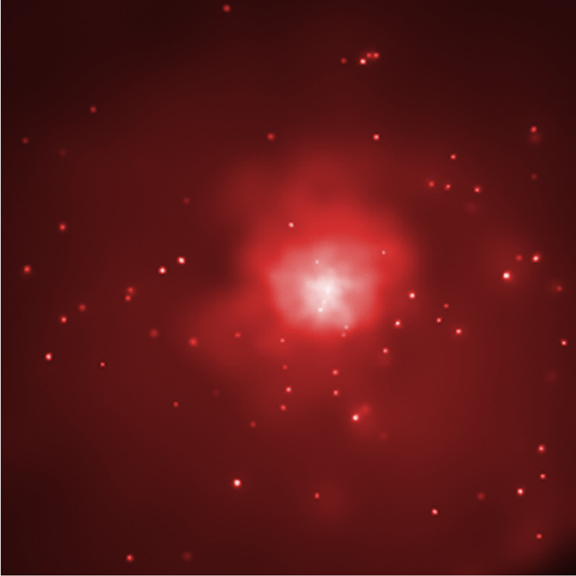Tom leads today, talking some more about Intermediate Mass Black Holes and possible evidence for black holes in globulars.
ok, so there is probably a black hole in a globular in NGC 4472, and this, and the discovery paper
and very nice it is too
variable point x-ray source (well, XMM detection...) in a globular
at about 20 times Eddington luminousity, for a neutron star, in a high state
seen a transition to factor 7 lower state, mostly due to deficit of sub keV component, indicative of local foreground absorption
interesting... someone give them some XMM and/or Chandra time to go back take a look
seen marginally in ROSAT archives, so it has been bright for a decade+
and Swift just barely detects it, so it is still bright

spectra from Zepf et al 2008 (above) click to embiggen
strong OIII emission, little or no H emission - particularly no Hα
hmm....
no sign of He, but the spectral coverage is not optimal to see He lines
more data is needed

click to embiggen - from Hogg's RC3 catalog at NYU
but it is looking less and less likely to be an IMBH
maybe a chunky stellar mass black hole
possibly an ultracompact accretor...
has to be either long period RGB donor, or a WD ultracompact donor
ok, how the heck do you make a 30-40 solar mass black hole get into contact with a C/O white dwarf?!

are there any like it in the Milky Way globulars?
We gots to look.
There are 2-4 other candidates, at least one of which looks like a classic low mass ration BH-RGB binary transient


2 questions
1) How do you feed a BH in a cluster elliptical? Those galaxies do not have a lot of cold gas, and what little they do have, is usually near the middle.
2) What is that blue picture? It looks just like the red one. Different energy range? Complementary colors?
last picture was there for "pretty picture" effect
- from Chandra, could be someone playing with the colourmap for all I know...
To feed a BH in a globular in an elliptical in a cluster, you need a post-main sequence companion, ideally.
In the right place, at the right time, which is the hard bit.